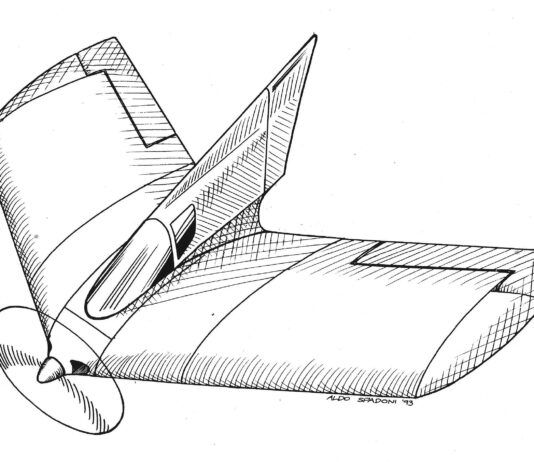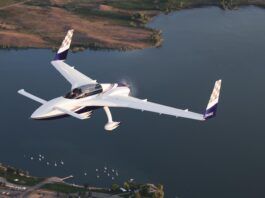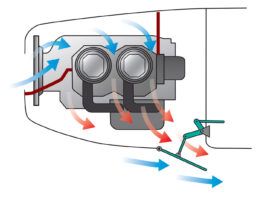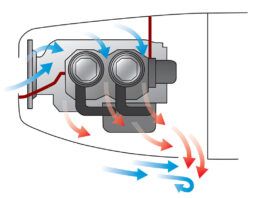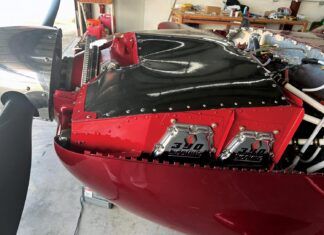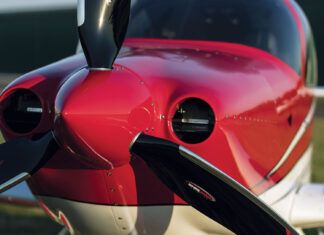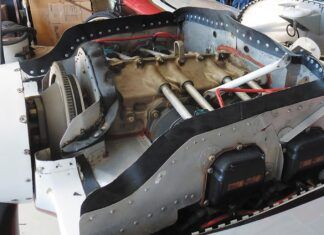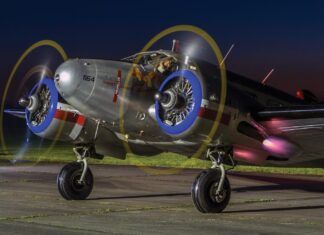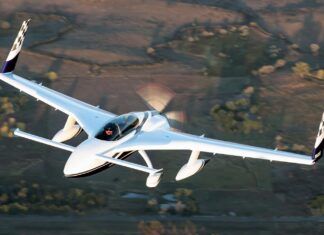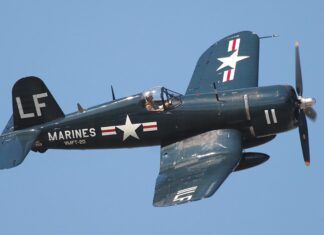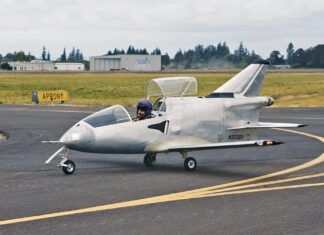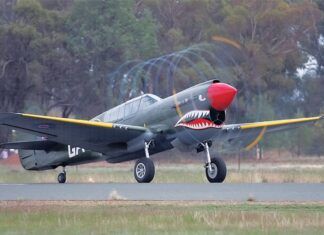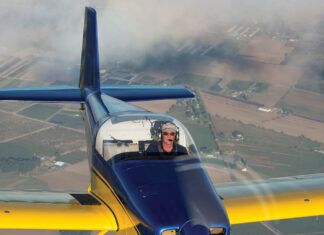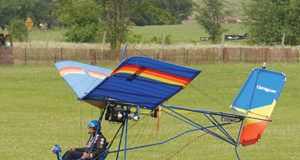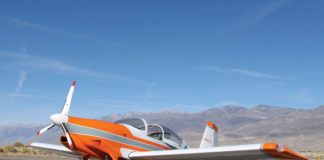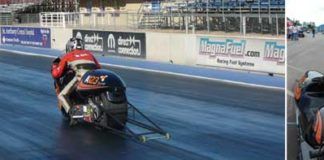Cooling: Internal Flow
Cooling the engine and its accessories requires a continuous flow of air to come in from outside the airplane to absorb heat from the...
Cooling Inlets, Part 2
As we saw last month, an ideal cooling air inlet system should ingest air from the free stream and bring it to rest or...
Cooling Inlets
The cooling air inlet serves two functions: First, and most important, the inlet must ingest enough air to properly cool the engine and accessories...
Cooling
As we saw in last month’s edition of Wind Tunnel, only about one-third of the energy released by burning the fuel in an internal...
Power and Heat
The cooling system is a major component of the airplane. It has a large impact on the performance and reliability of the machine. The...
Prop Blade Effects
We often treat the propeller as a uniform “actuator disc” and the slipstream as a uniform stream tube of accelerated and swirling air. While...
Torque and P-factor
We’ve touched on this during previous discussions of slipstream (most recently in the April 2023 issue), but there are several power and propeller effects...
Thrust Line Effects
The propeller of an airplane generates thrust that drives it through the air. In addition to propelling the airplane, the thrust of the propeller...
Propeller Effects–Lateral Directional
The propeller slipstream affects the aerodynamics of the airplane. A propeller accelerates air backward and also imparts a swirl. The air in the slipstream...
Design Process: Slipstream Effects
In preliminary design and for performance calculations, we treat the engine, propeller and airframe as separate entities. The only engine effect we typically consider...

